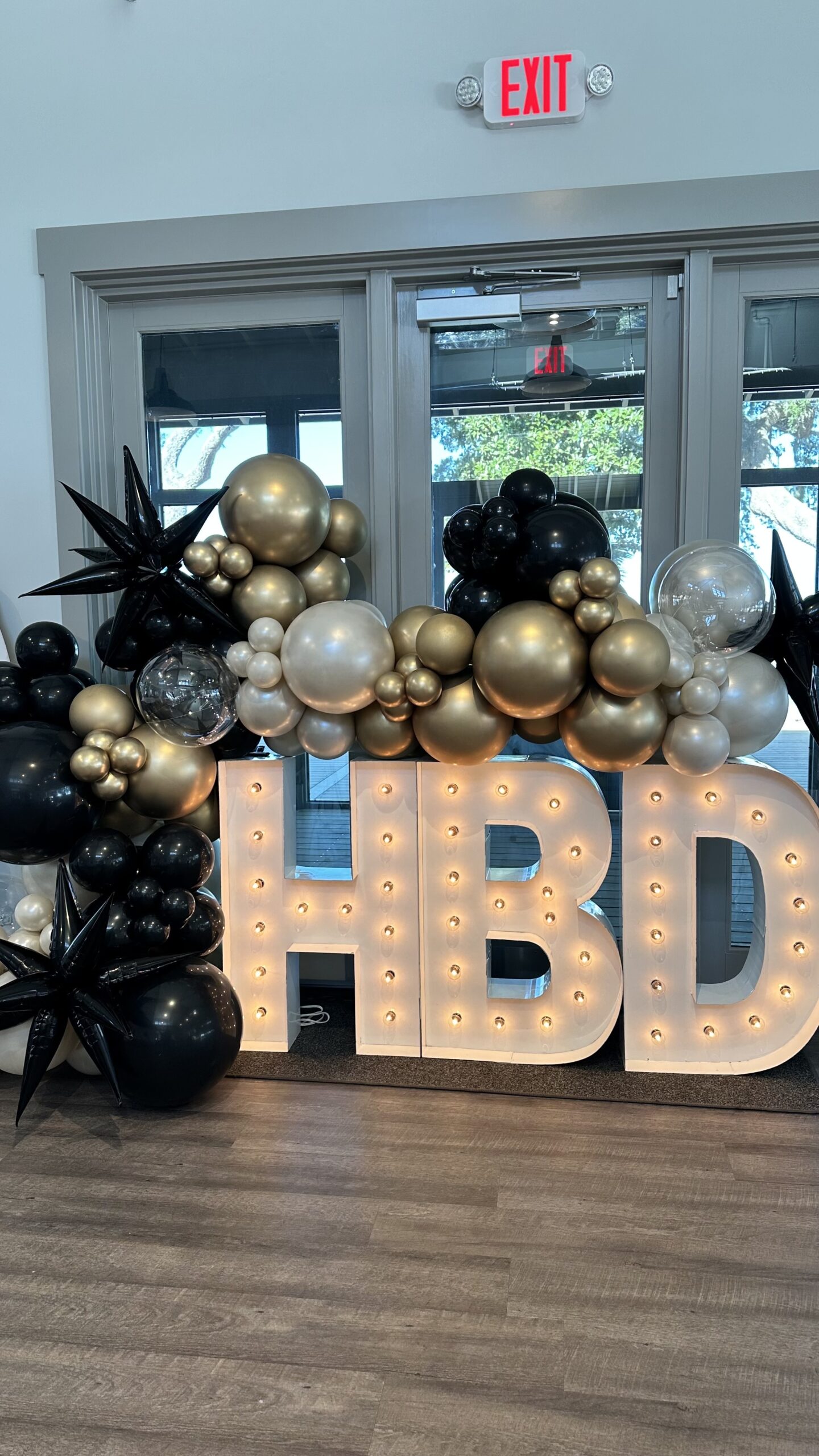How to choose your 2023 planner
So it’s December and we have a few weeks left still in 2022. But maybe you’ve heard by now that 2023 planners are out there. And maybe you’re feeling the crunch of time to buy one before the start of the new year. Hard to believe it’s time to start thinking about next year, right? I’m here for you with some advice and guidance for how to choose your 2023 planner. What should you look for? From all the options out there, how do you know which one to choose?
I can’t tell you how many times it’s happened where I buy a planner, set it up, use it for a month, and then stop. At the beginning, I used to think it’s because I wasn’t a planner person. And then I told myself it’s because I couldn’t focus. But I think there’s another explanation. Those planners didn’t work for me because those planners didn’t have key features. The features that make a planner a realistic and flexible tool to support the life that I live.
Are you planning to switch up your planner in 2023? What’s the number one thing YOU look at when choosing a planner?
The Three Factors
I have another post that breaks down the 5 key factors I consider when I evaluate a new planner. I call the system my 5 Cs, because there are 5 key differentiators from planner to planner. But to keep it more simple, we’ll talk about 3 factors today: Cost, functionality, and layout.
The first factor is Cost. If cost is the most important thing to you, start here. Nothing else matters more, your planner has to be the right value for you. And only you can decide that. It makes no sense to spend more on a planner than you feel comfortable with. How valuable is the planner to you? Is your planner the single source of truth for your schedule? Or is it a place to piece together your tasks and to-dos? I place different value on these two things, and I bet you do too.
The second key difference between planners is functionality. Functionality refers to everything between the front and back cover of the planner. And it comes down to what you need from your planner. Planner companies do one of two things: They either give you a scheduling tool, or they give you a guided journey. Here’s what I mean. A planner can be months, weeks, and days organized in a repeatable format. My hourly LifePlanner from Erin Condren is exactly that. Each day has the exact same schedule.
Right now, I need my planner to be a scheduling tool that helps me prepare for and make the most out of each day. But in 2019, I’ve needed a planner to help me achieve my goals. During those times, the Mäksēlife goal planner was the best possible planner for me. Think about your 2022 and what you think you’ll need from it.
If the first two factors are cost and functionality, then the next most important factor to consider is the planner layout. I have an entire playlist on YouTube that breaks down each planner layout, why it works, and how to use it. So if you’re totally new to planners and planning, spend some time getting to know the layouts.
For a quick-and-dirty summary, the three main types of planner layouts are the monthly, weekly, and daily layout. The weekly layout is the most popular, monthly is the least popular, and daily is designed for the person that has a lot to plan each day. There’s a big difference in the thickness of the planner depending on the layout – monthly planners have thin profiles, daily planners are chunky, and weekly planners are a happy medium. Not to overcomplicate things, but because the weekly is the most popular, there are three weekly sub-layouts to think about as well – the vertical weekly layout, the horizontal weekly layout, and the hourly weekly layout. All three have different pros and cons.
I mention this because a planner needs to be adaptable to the life you’re living. I have a printable bundle called “Finding Planner Peace” that will help you find the right layout for you.
The best activity–bundle or no bundle–is to use a piece of scrap paper or a notebook. For a few days in a row, plan your day using this sheet of paper. Then, look at your paper: Is it very time based, e.g. at 2:15pm I’m going to take the dog for a 2 mile walk? Or is it more priorities-based, like today I want to complete these five things before I go to bed? Do you have a long to-do list that you work from? Do you journal during the course of the day? The answers to these questions will determine which layout is best for you. Again, I highly recommend checking out those videos, or the bundle on my website, to make a determination about the right layout for you in 2023.
And I want to suggest that you make this determination not based on how 2022 has gone, necessarily, but how you want next year to go. For those of you that have found a layout you love, let everyone in the comments know which layout you go with, and why!
To summarize, the three things I look for when deciding on my 2023 planner are cost, functionality, and layout. If the price isn’t right, you’ll never be happy with your planner. If the planner is designed in a way that is too hands-on, or too hands-off, that may not work for you either. If the layout doesn’t afford you the right balance between structure and flexibility, it won’t respond well to the changes you will experience next year. Just remember, I’m your planner BFF – so if you have any questions, drop them for me in the comments down below.
And good luck! Choosing a new planner is my favorite purchase each year. Let us know which one you’re going to get!


